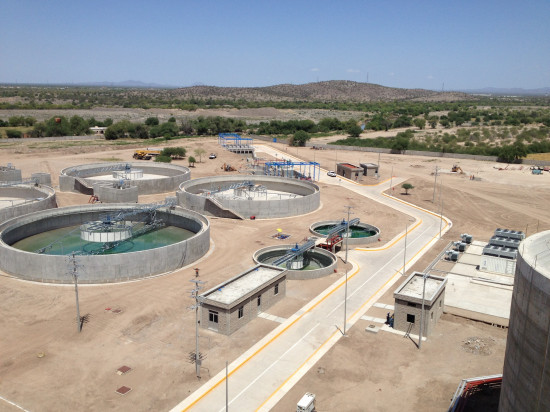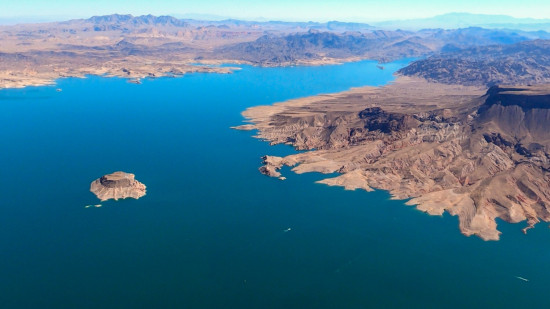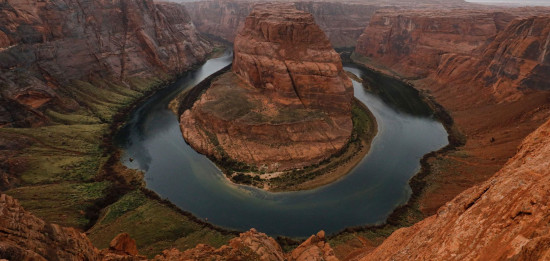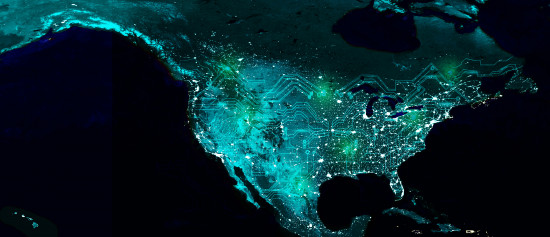El agua y el desarrollo económico sostenible en la frontera
Note: each blog post is published in its original language to preserve the integrity of the author’s voice.
La frontera entre México y Estados Unidos es una región dinámica que alberga a 26 millones de personas —19 millones de los cuales residen en los seis estados fronterizos mexicanos, los cuales a su vez representan el 26% del PIB del país— que aportan gran parte del comercio bilateral, cercano a $800 mil millones de dólares al año, y que, además, representa un punto único de encuentro e intercambio cultural. Actualmente, la región está experimentando una transformación impulsada por una mayor integración económica, crecimiento demográfico y nuevas inversiones detonadas, en parte, por la reorganización de las cadenas de suministro a nivel mundial, incluida la relocalización de empresas conocida como nearshoring. En 2023, México recibió inversión extranjera directa por $36 mmdd, siendo algunos de los estados fronterizos los mayores captadores. Un dato que ilustra el nivel de integración económica son los cerca de 20,000 camiones de carga que cruzan diariamente la frontera.
Lake Mead: The giant at the U.S.-Mexico border and its role in water curtailments
Dams and lakes along the Colorado River are essential infrastructure for storing water that flows from the Rocky Mountains southwest until it reaches the Gulf of California (or Sea of Cortes, as it is known in Mexico). However, current drought conditions along the river are a wake-up call to basin members to implement mitigation efforts and water curtailments to support the sustainability of the river. In this blog, we will discuss the role and importance of Lake Mead in triggering water shortages, how water curtailments are distributed across members, how Mexico has helped the basin and recent developments to save the river.
Colorado River Basin from the lens of the U.S.-Mexico border
A lot has been written about the Colorado River Basin. Why is this post different? We are bringing a series of posts from the lens of the U.S.-Mexico border, as typically the analysis is done looking only at the U.S. side or at the Mexican side as stand-alone countries. In this series, we will convey the basics about the functioning of the Colorado River considering its characteristics, challenges, and opportunities for the U.S.-Mexico border economy. This post is the first of many that will help you quickly grasp the complexities of the system for both nations. We hope you find it informative.
U.S.-Mexico border: Linchpin for the economic integration of North America
Prime Minister Trudeau, President Biden and President López Obrador met a year ago this month in Mexico City for the North American Leaders Summit. The objective of these meetings has been to strengthen the broad and deep relationship among Canada, the United States and Mexico. After the summit these leaders expressed their renewed commitment to continue economic cooperation and integration based on the current opportunity provided by the nearshoring of supply chains in a post-pandemic world. That commitment also reflects important trends and opportunities within the U.S.-Mexico border region that can have a positive impact on the binational relationship that supports the ongoing economic integration of North America.



